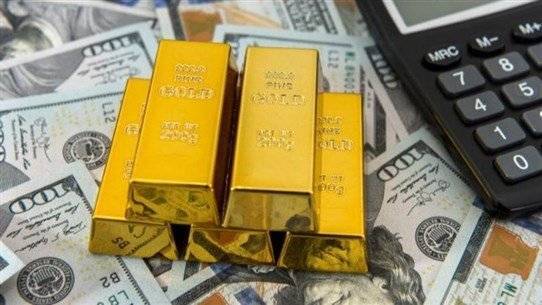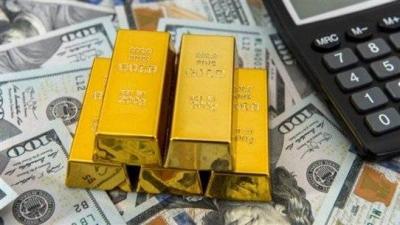In August, the average price of an ounce of gold in the global market reached about $1810. In March, the price peaked at $2044, only to begin a decline towards $1713 yesterday. The rise was vertical (over 7 months) and coincided with international economic and military developments, including the global inflation that swept the world and the Russian-Ukrainian war that began at the end of February this year. The subsequent decline was also vertical (over 5 months) and coincided with the intervention of central banks worldwide to curb rising prices and inflation, primarily enhancing the dollar's purchasing power, which also reflected a decrease in oil and gold prices.
In this context, if anyone around the world had invested in gold without any desire or intention to engage in fast-paced speculative operations, they would have been able to recover about 95% of the amount they had invested in the first year. If they had aimed for speculation and trading, with access to information sources and analytical ability to read numbers and match them with indicators and the price trajectory of this metal, they would have had a chance to achieve some profits within the period from August 7, 2021, to July 3, 2022. However, these profits did not account for transaction costs, commissions, or the inflation that erodes the purchasing power of the invested funds. In this sense, gold did not provide protection against price inflation. This metal, like all commodities considered benchmarks and traded on international exchanges, has a price affected by ongoing developments and is also subject to rapid fluctuations.
Despite this, gold carries a stronger reputation than its actual effectiveness. It was the metal on which the dollar was once valued prior to the 1970s, with all currencies around the world pegged to this metal during that time. However, later, gold became disconnected from the dollar, which was then linked to oil. Today, gold remains little more than a "folklore" of historical record; it does not preserve value better than the dollar itself. Thus, wealth preservation does not come from owning gold but can be considered a tool used for diversifying wealth preservation risks. Holding gold signifies difficulty in accessing liquidity, meaning that it is preferable for investment in gold to be long-term rather than medium or short-term. Similarly, investing in U.S. Treasury bonds may be safer than gold, given their actual value and ease of liquidation. Over the long term, in the first ten years (2002 - 2011), the price of an ounce of gold soared from $349 to $1837, marking an increase of 426%. In the last ten years (2011 - until July 27, 2022), however, the price of gold has only increased by 6.5%.
In reality, the rush for gold is not fully understood, especially in Lebanon, where it is sold in cash dollars. The problem of storing dollars is similar to the problem of storing gold, both susceptible to theft. Cash dollars have the advantage if their holder wishes for immediate liquidity, whereas gold provides an advantage for long-term savings without any guarantee of achieving substantial future profits or covering price inflation. All this discussion also ties into less influential factors on price, such as the quality of gold, its purity, and form. If it is in the form of bars, the situation differs from manufactured gold, which loses some of its value upon resale.




